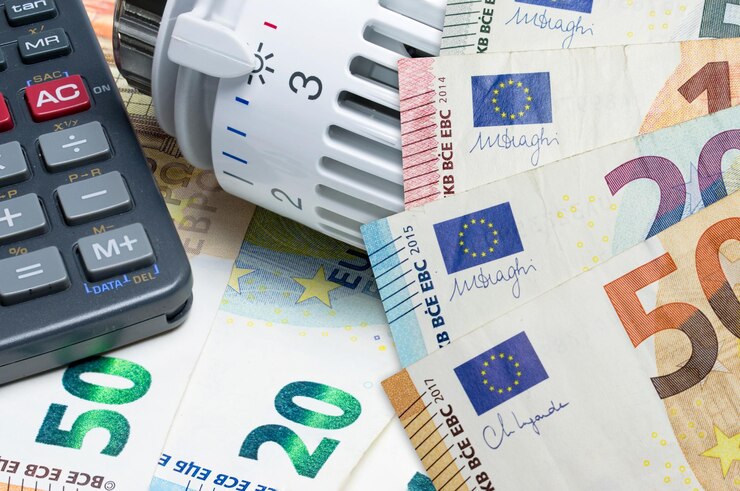Why You Need Preventive Maintenance For Your Business

Many businesses operate under an “if it ain’t broke, don’t fix it” type of management style. And while this approach might seem convenient and cheap upfront, it can snowball into bigger problems over time.
Without a maintenance strategy in place, your business can run into frequent downtimes, resulting in missed deadlines, halting production lines, idle employees, and worse, long-term damage to your brand. This is when preventive maintenance comes into the picture.
Preventive maintenance is a maintenance schedule process that involves taking precautions to prevent equipment failures and accidents from occurring. It ensures minimal risks, which means your business can focus on improving what already works rather than repairing what is broken.
Here Are Five Prime Steps Why You Need Preventive Maintenance For Your Business
Your business needs preventive maintenance due to the following reasons:
1. Improves Workplace Safety

Damaged equipment can put your business’s quality and productivity at risk. It also makes your employees susceptible to workplace accidents and injuries.
One of the biggest reasons why your business needs preventive maintenance is that it improves workplace safety. The process involves checking machines regularly to ensure that everything is in working order. This allows you to catch issues early before they become bigger problems that can injure your employees.
2. Boosts Operational Efficiency
How long does it take for a machine to function again after it breaks down? While some problems take only a few minutes to diagnose, others can take several days. After finding the cause of the problem, you need to have the essential tools to fix the issue.
The amount of time spent looking for and fixing problems on your equipment can halt work. This means that employees are unproductive, which can affect your business’s order fulfillment, shipping, and onboarding activities.
For instance, by working with a commercial electrician regularly, you can prevent damaged electrical cables on your equipment, ensuring it’s operating at peak performance at all times. This significantly boosts your business’s operational efficiency as your equipment produces high-quality output as they’re working at the highest level possible.
3. Reduces Costs

Unscheduled downtime due to damaged or malfunctioning equipment can cost significant time and money for your business. Over time, this problem can disrupt the goals of your business and prevent your business from expanding.
Having a preventive maintenance plan for your business means lesser energy consumption due to higher levels of operational efficiency which will lead to reduced utility bills. When your equipment is in tip-top condition it won’t have to consume more energy just to perform.
Additionally, a planned preventive maintenance schedule is cheaper than paying for emergency repairs. Unplanned downtime can hurt your business’s budget as equipment might need to be rush ordered at a higher price from another location using a rush shipping method. All of these require more money.
4. Boosts Your Business’s Reliability
For your business to grow and succeed, you need to make a positive impression in the eyes of your customers and partners. The brand your business creates impacts their decision to patronize your products in the future.
Customers and business partners expect a business to deliver products and services without unnecessary and unexpected delays. By investing in preventive maintenance, you can consistently offer a reliable product or service to customers and business partners — something that will help foster stronger business relationships.
5. Prolongs the Life of Your Equipment

Your business uses expensive equipment, and replacing them with brand-new ones isn’t cheap. Small businesses might not even have the financial resources to replace damaged equipment fast, resulting in longer downtimes.
Equipment that’s taken care of will last longer, giving you more out of every device and machine you invest in for your business. This means you can hold off longer on paying for expensive equipment replacements to keep your profitability high. In short, the more you take care of your equipment through preventive maintenance, the more you can gain from it.
Prioritize Preventive Maintenance
The success and longevity of your business depend on the quality of your equipment, so make sure that they’re in the best condition. Establish a preventive maintenance schedule and follow it consistently to ensure your business’s efficiency and productivity while minimizing the excessive use of valuable resources.
Read Also:













